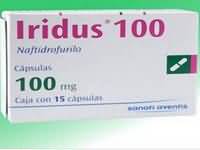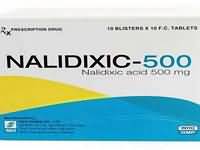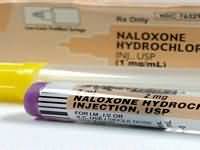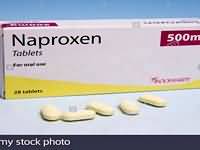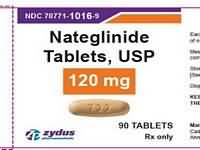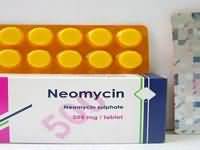index

Introduction
Renal disease alters the effects of many drugs, sometimes decreasing their effects but more often increasing their effects and thus potential toxicity. Many of these changes are predictable and can be mitigated by changing drug doses.Renal disease interacts with drugs in three main ways.
This can be summarised in one sentence:
The drug dose should be reduced proportionally to the predicted reduction in drug clearance.
Increased drug clearance results in lower drug concentrations, while decreased drug clearance results in higher drug concentrations and hence greater drug effects.
To avoid harm when drug clearance is significantly decreased, the dose of renally cleared drugs should usually be reduced in patients with renal disease.
See how to identify renal failure stages according to GFR calculation
See how to diagnose irreversible renal disease
Home
